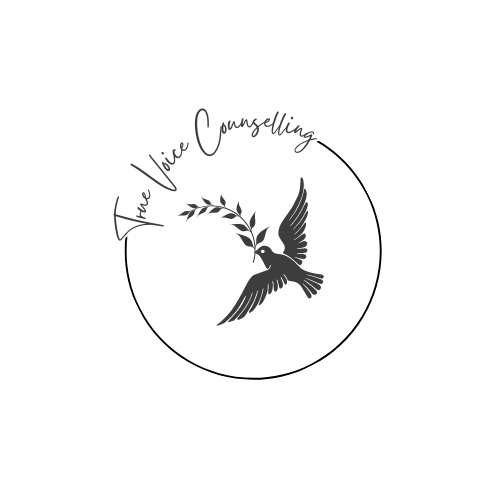The Nothing: The NeverEnding Story and a Journey to Healing
Rereading The NeverEnding Story always strikes me with how vividly it mirrors the emotional landscape of a healing journey. And when I speak of a “healing journey,” I mean something deeply personal — a unique unfolding shaped by each person’s story, struggles, and inner world.
At the heart of the tale is Bastian’s transformation as he faces “the Nothing” — a creeping void that threatens to swallow Fantasia. In many ways, the Nothing is a profound metaphor for the inner experience of emptiness, depression, and disillusionment. Existential psychotherapists often speak of this as the existential vacuum — a sense of meaninglessness that can arise when life feels devoid of purpose or connection (Frankl, 1963). The Nothing captures the dread that can emerge when we feel unmoored from ourselves and the world around us.
Bastian’s story resonates because it reflects the universal human struggle against despair and apathy. It echoes the psychological concept of anomie (Durkheim, 1897), a breakdown of social bonds and personal norms that can leave us feeling rootless. Psychologically, this can manifest during transitions, grief, or when life’s meaning structures collapse. When the familiar coping strategies no longer work, anxiety and emptiness often rise to the surface (May, 1950).
In therapy, I often meet clients navigating their own “Nothing” — not simply as a void, but as a quiet call for transformation. This is the paradox Carl Jung described:
“There is no coming to consciousness without pain.”
The emptiness is not a dead end, but an invitation to examine the beliefs, identities, and stories we’ve outgrown. Many of us cling to old narratives — shaped by family, culture, or past survival — that once offered protection but now feel constricting. In narrative therapy, Michael White and David Epston (1990) emphasized how dominant stories can limit our sense of possibility, and how re-authoring our narratives allows for new meanings and agency.
Letting go of an old story isn’t about dismissing the past. It’s about honoring it, recognizing its place in our lives, and then gently making space for something new. This echoes Gestalt Therapy’s emphasis on awareness and integration — where healing involves owning both the light and shadow parts of ourselves (Perls, 1969).
But this is rarely a linear path. Theories of change, like Prochaska and DiClemente’s Stages of Change Model (1983), remind us that transformation is cyclical. Old patterns resurface. Beliefs we thought we’d shed may reappear in new forms. Like Bastian, we often loop back before moving forward — revisiting familiar chapters with new eyes.
Bastian’s journey also embodies Post-Traumatic Growth — the idea that, while suffering is never desired, profound personal growth can emerge from adversity (Tedeschi & Calhoun, 2004). The Nothing doesn’t vanish because Bastian avoids it. It dissolves as he dares to engage with it — as he risks rewriting the story of his life.
The NeverEnding Story teaches that our narratives are never truly finished. We are always in the process of becoming — rewriting chapters, shifting characters, changing plots. Life invites us to let go of rigid scripts and embrace the fluidity of our unfolding story.
So I invite you to reflect:
Is the Nothing whispering to you in some form?
Are you holding on to a story that no longer fits?
Might it be time for a new title — or even a new chapter?
Perhaps this is your moment to explore the possibility of rewriting your own story, allowing space for your authentic voice, your dreams, your future self. The power to reshape your narrative has always been yours.
References:
Durkheim, E. (1897). Suicide: A Study in Sociology.
Frankl, V. E. (1963). Man’s Search for Meaning.
Jung, C. G. (1959). Aion: Researches into the Phenomenology of the Self.
May, R. (1950). The Meaning of Anxiety.
Perls, F. (1969). Gestalt Therapy Verbatim.
Prochaska, J. O., & DiClemente, C. C. (1983). Stages and Processes of Self-Change of Smoking: Toward an Integrative Model of Change.
Tedeschi, R. G., & Calhoun, L. G. (2004). Posttraumatic Growth: Conceptual Foundations and Empirical Evidence.
White, M., & Epston, D. (1990). Narrative Means to Therapeutic Ends.
